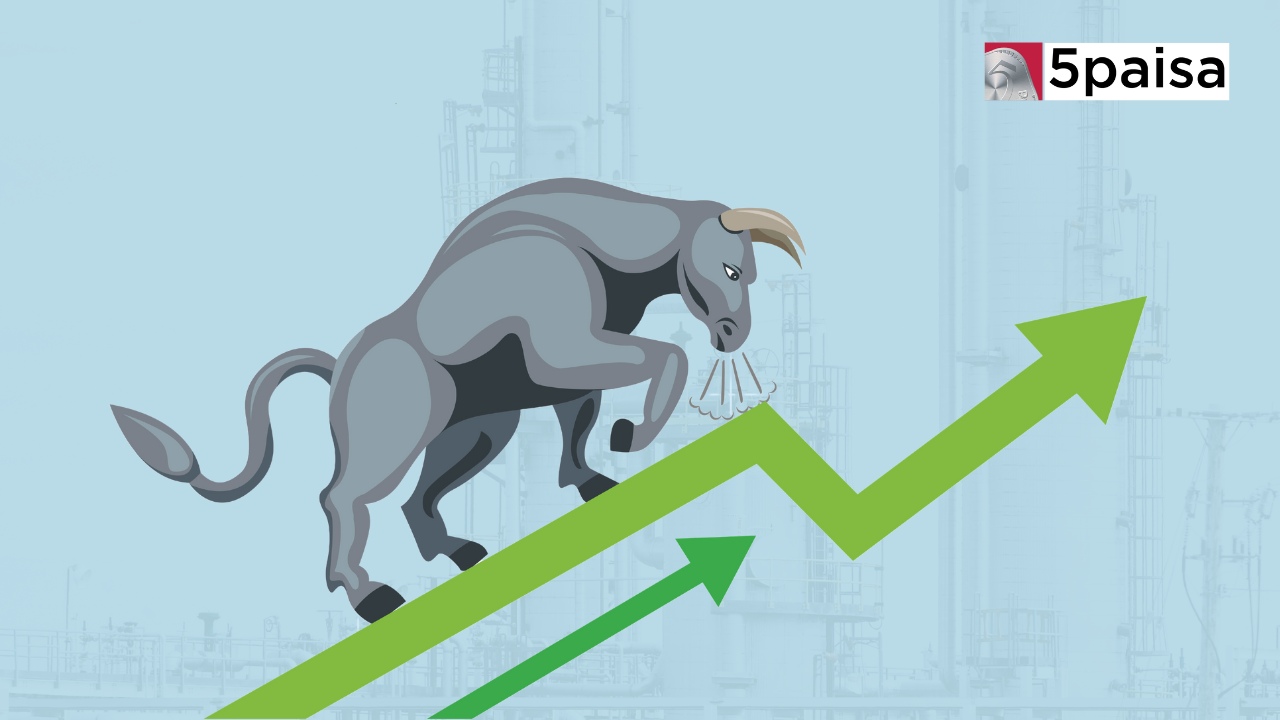India Leads Global IPO Market in 2024 Amidst Asia-Pacific Shifts
Is the Surge in Natural Gas Prices a Major Bullish Sign for Investors?

Last Updated: 10th September 2024 - 04:46 pm
Natural gas plays a pivotal role in the global energy landscape, vital to electricity generation, heating, and various industrial processes. Over recent years, the market has witnessed significant price volatility, capturing the attention of traders, investors, and policymakers alike. In the past year, natural gas prices have surged dramatically, sparking a critical question: Do these rising prices signal a bullish outlook for the energy sector and the wider economy, or do they reflect underlying market challenges?
The Forces Driving Natural Gas Price Increases
Multiple factors have contributed to the current surge in natural gas prices. These include geopolitical tensions, supply chain constraints, growing demand for cleaner energy sources, and extreme weather events. Understanding these dynamics is essential to assessing whether higher prices suggest a bullish outlook or indicate more complex challenges.
- Supply Chain Disruptions: A significant factor behind the recent increase in prices has been disruptions in the global supply chain. Leading producers like Russia, the U.S., and Qatar have faced production or logistical challenges, limiting the availability of natural gas on the global market.The ongoing conflict between Russia and Ukraine has exacerbated the issue, especially in Europe, which relies heavily on Russian gas. Sanctions, pipeline shutdowns, and political instability have further restricted supply, driving up prices across Europe and beyond.
- Post-Pandemic Demand Surge: As economies recover from the COVID-19 pandemic, energy demand has rebounded sharply. Industries that reduced operations during the pandemic are now scaling back up, leading to a higher demand for natural gas in manufacturing, transportation, and power generation. Residential and commercial demand has also increased as urban centers repopulate, and businesses resume full activities. The winter heating season in the Northern Hemisphere further intensifies pressure on gas supplies, contributing to higher prices.
- Energy Transition and Climate Policies: Global efforts to reduce carbon emissions and shift to cleaner energy sources have also driven demand for natural gas. As a relatively cleaner-burning fuel, natural gas is seen as a "bridge fuel" during the transition away from coal and oil.Moreover, renewable energy generation, which can be intermittent, often relies on natural gas as a backup. This dynamic has contributed to rising demand as countries pursue their climate goals while maintaining reliable energy supplies.
- Extreme Weather Events: Severe weather conditions, including cold spells, hurricanes, and heatwaves, have impacted natural gas prices. Colder-than-expected winters in North America and Europe lead to increased demand for heating, while heatwaves boost electricity consumption as more air conditioning is used. Additionally, hurricanes and other natural disasters can disrupt production and transportation, reducing supply and further driving up prices.
Check MCX Natural Gas Price Today
Economic Impacts of Rising Natural Gas Prices
Rising natural gas prices affect different sectors of the economy in varying ways. Energy producers, consumers, and governments each face unique challenges, with regional differences shaping the overall impact.
- Energy Producers and Investors: For companies involved in natural gas production and distribution, higher prices are typically a bullish signal. Producers can benefit from increased profitability, and investors may see this as an opportunity to expand their portfolios in energy stocks, especially those focused on natural gas. U.S. shale producers, for instance, have historically responded to higher prices by ramping up production, though this process can be slow due to the complex nature of shale extraction.
- Impact on Energy Consumers: On the flip side, industries that rely heavily on natural gas—such as chemicals, steel, and manufacturing—face rising operational costs. These increased costs can erode profit margins and lead to higher prices for end consumers, fueling inflationary pressures. For residential consumers, higher natural gas prices translate into steeper heating bills and electricity costs, reducing disposable income and potentially slowing economic growth.
- Government Responses and Policy Considerations: Governments often intervene to mitigate the impact of rising natural gas prices. In many regions, subsidies, price controls, and tax relief measures are used to protect businesses and consumers from the full brunt of increased energy costs. For instance, the European Union has introduced various measures to reduce household energy bills, while some U.S. states have rolled out financial aid for low-income families affected by high heating costs. Over the long term, elevated natural gas prices could accelerate the transition to renewable energy. As costs rise, the case for investing in solar, wind, and other alternatives becomes more compelling.
Are Rising Natural Gas Prices a Bullish Signal?
Whether rising natural gas prices represent a bullish signal depends on one's perspective. For natural gas producers and energy investors, higher prices are likely seen as a positive sign, signaling greater profitability and increased investor interest.
For the broader economy, however, the picture is more complex. Rising costs can burden energy-intensive industries and consumers, leading to inflation and potentially dampening economic growth.
From an investment standpoint, rising natural gas prices may present opportunities in energy stocks and related industries. However, it is crucial to analyze the factors driving these increases. If the rise is primarily due to short-term supply disruptions, the bullish outlook may be temporary. But if long-term demand growth or structural supply constraints are in play, the upward trend could be more enduring.
To summarize, the sharp rise in natural gas prices presents both risks and opportunities. For energy producers, it signals a bullish future with potential for increased profitability and market interest. However, for consumers and the broader economy, rising costs could lead to inflationary pressures and slower growth.
The key to navigating this environment lies in understanding the underlying drivers and staying attuned to both risks and opportunities. Investors who closely monitor market dynamics may find ways to capitalize on rising prices, while governments must carefully balance short-term economic challenges with long-term energy transition goals.
- Flat ₹20 Brokerage
- Next-gen Trading
- Advance Charting
- Actionable Ideas
Trending on 5paisa
IPOs Related Articles
Disclaimer: Investment in securities market are subject to market risks, read all the related documents carefully before investing. For detailed disclaimer please Click here.
 5paisa Research Team
5paisa Research Team




